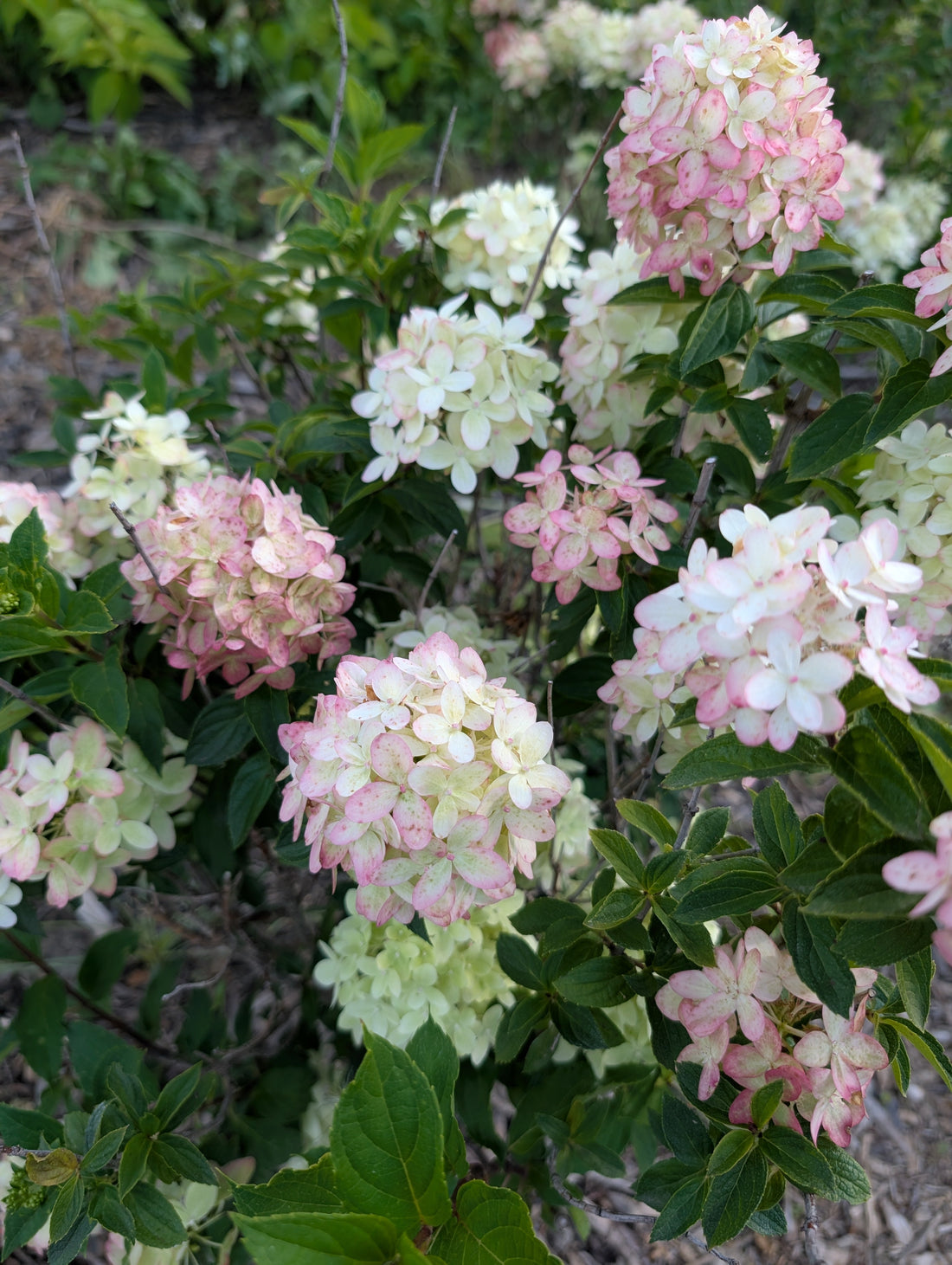
Why Fall is the Perfect Time to Plant Trees and Shrubs in Southwest Saskatchewan
When most people think about planting, generally they picture spring. But in southwest Saskatchewan, fall is actually one of the best times to plant trees and shrubs. Cooler temperatures, fewer pests, and naturally higher soil moisture provide a less stressful environment for your new plants, so they can settle in and get a head start before the next growing season.
Benefits of Fall Planting
1. Ideal Weather Conditions
Autumn provides mild daytime temperatures and cool nights, which reduce transplant shock. Plants don’t have to battle extreme summer heat, so they can focus on growing strong root systems.
2. Better Root Establishment
While above-ground growth slows down in fall, root systems remain active until the ground freezes. This means your trees and shrubs will spend the fall months anchoring themselves and preparing for spring.
3. Natural Moisture Advantage
Fall often brings more consistent rainfall in Saskatchewan. Combined with cooler weather, this means less stress on newly planted trees and less watering for you.
4. Reduced Pest and Disease Pressure
Many common pests and diseases decline as temperatures drop, giving your plants a healthier start.
What to Plant in Fall
Not every plant thrives with fall planting, but many hardy choices are perfect for our Zone 3 climate:
-
Deciduous Trees – Maples, lindens, ash, and hardy poplars establish well in autumn.
-
Evergreens – Spruce and pine can be planted in early fall, but aim for at least six weeks before the ground freezes.
-
Shrubs – Lilacs, ninebark, spirea, and potentilla are excellent choices.
Tip: Avoid planting tender or marginally hardy species in fall, as they need a full season to establish before winter.
Planting Tips for Success
-
Plant Early – Aim to plant from late August through September. The goal is to give roots several weeks to grow before frost.
-
Dig the Right Hole – Twice as wide as the root ball, but no deeper. Roots should spread easily.
-
Amend with Care – Use a balanced soil mix and avoid over-fertilizing. Fall is for roots, not top growth.
-
Water Deeply – Give your new plantings a thorough soak after planting and continue watering until the ground freezes.
-
Mulch for Protection – Add a 2–3 inch layer of mulch to retain moisture and insulate roots. Keep mulch a few inches away from the trunk or main stem.
-
Stake if Necessary – If planting in a windy site, staking young trees can help them establish securely.
Preparing for Winter
Once the ground freezes, water your trees and shrubs one last time before winter sets in. For young evergreens, consider using a burlap screen or windbreak to protect against harsh prairie winds and winter sunscald.
The Payoff in Spring
By planting in fall, you’re giving your trees and shrubs the best chance at thriving come spring. Instead of struggling to establish roots during the heat of June, they’ll already be settled and ready to burst into growth.

Fall planted Limelight Prime Hydrangea.

Fall planted Diablo Ninebark.

Fall planted Black Lace Elderberry.
